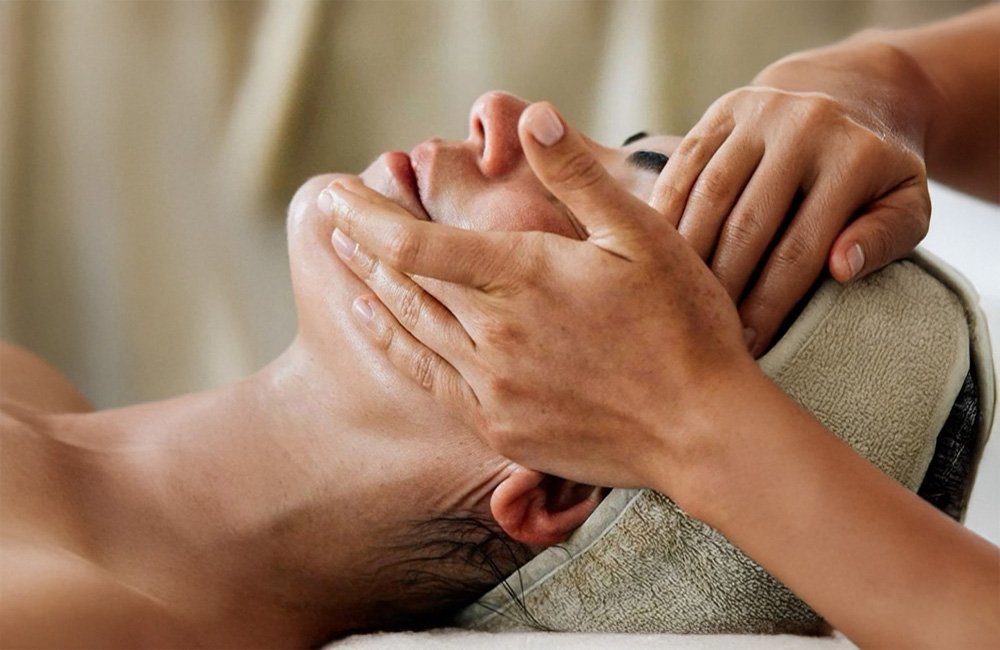A website’s design is the first impression a potential client will have of your practice. And when it comes to design, colour is one of the most powerful tools you have to communicate your brand, evoke emotions, and even guide users’ behavior. But when it comes to designing a website, it’s easy to feel overwhelmed by the endless options for colour palettes.
What if there was a way to simplify things, create a professional, calming atmosphere, and make your website more engaging—all with the right colour choices? That’s where a cohesive colour scheme comes in.
Let’s dive into how you can use a cohesive colour scheme to not only simplify your design but also create a welcoming and effective website that works for both you and your clients.
1. Choose a Primary Colour That Reflects Your Brand’s Values
The first step in designing with a cohesive colour scheme is choosing your primary colour. This should reflect the essence of your practice—whether it’s calming, professional, or warm.
What to do:
- Blue: Evokes trust, professionalism, and calm—perfect for therapy or wellness sites.
- Green: Symbolizes healing, growth, and balance—ideal for holistic or naturopathic practices.
- Purple: Often associated with sophistication and care—works well for more premium services.
By choosing a primary colour that aligns with your brand’s values, you give your website a strong foundation.
Discover how to choose the right colours for your therapy website.
2. Add Accent Colours for Balance and Focus
Once you’ve picked your primary colour, the next step is to choose accent colours. These colours should complement your primary colour and help guide the user’s eye through the site.
What to do:
- Soft neutrals like beige, grey, or light brown balance bright primary colours and offer a calming effect.
- Use accent colours for calls-to-action (CTA), buttons, and headings to draw attention to important elements.
Accents shouldn’t overpower the primary colour but should highlight key areas like your booking button or contact information.
Learn how to balance your website’s colours to guide users effectively.
3. Stick to 3-4 Colours for a Clean and Professional Look
Too many colours can create visual clutter and overwhelm your website visitors. For a clean, professional look, limit your colour palette to just 3 to 4 colours.
What to do:
- Use your primary colour for large areas, such as the background or navigation.
- Select 1-2 accent colours for buttons, links, and icons.
- Consider using white or light grey as a neutral background to help your colours pop without overwhelming the viewer.
A cohesive colour scheme with a limited palette ensures that your site looks polished and easy to navigate, which is crucial for retaining visitors and improving client engagement.
Explore how to create a minimalist design with just a few colours.
4. Create Emotional Connections with Colour Psychology
The power of colour goes beyond design aesthetics—it can evoke emotions and influence how visitors perceive your services. The psychology of colour helps you connect with your audience emotionally.
What to do:
- Warm colours like orange and yellow can evoke feelings of happiness and positivity, making them great for welcoming messages.
- Cool colours like blue and green create calmness and trust, which is ideal for therapy-related websites.
- Be mindful of how different colours make your clients feel. Make sure your website’s colour scheme promotes the emotional tone you want to convey.
This is an excellent way to build trust and create a welcoming environment for potential clients.
See how colour psychology can strengthen your therapy website’s impact.
5. Ensure Colour Consistency Across All Pages
Once you’ve selected your colours, it’s important to maintain consistency across your website. Consistent use of colour across all pages strengthens your brand identity and helps your website feel more cohesive.
What to do:
- Apply your primary and accent colours uniformly across all pages (including your homepage, service pages, blog, etc.).
- Keep headings, CTAs, and buttons in the same colour scheme throughout the site.
- Avoid using colours that don’t fit your chosen palette.
Consistency creates a seamless user experience, making your website more visually appealing and user-friendly.
Find out how maintaining colour consistency can improve your website’s design.
Conclusion: Create a Website That Reflects Your Practice with a Cohesive Colour Scheme
Your website’s colour scheme plays a significant role in how visitors perceive your practice. By choosing calming, professional colours and using them consistently across your site, you’ll create a website that feels welcoming, trustworthy, and easy to navigate. This, in turn, will help you engage potential clients and encourage them to book your services.
Ready to transform your website with the power of colour psychology? Schedule a free website review with Brandsquare and let’s create a website that truly reflects your therapy practice.






